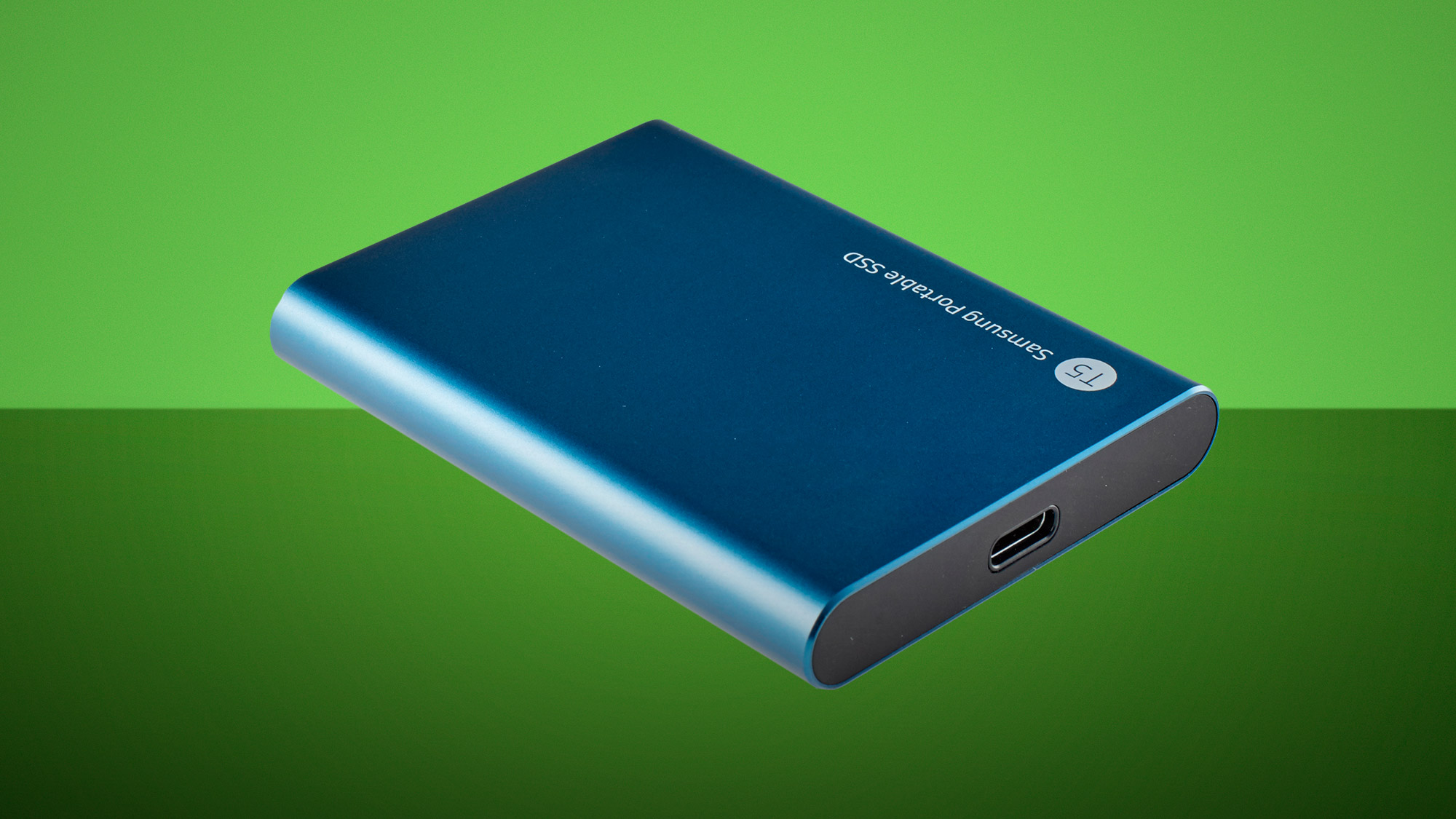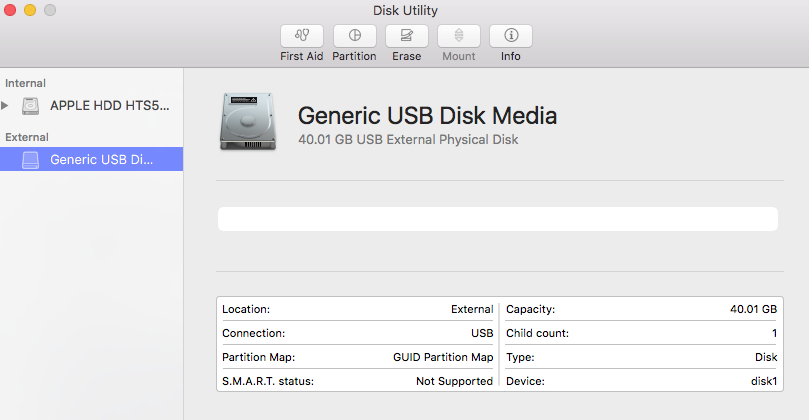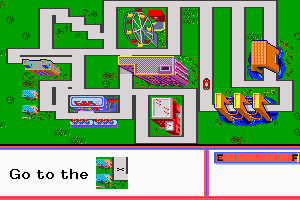Mac External Hdd Gaming File System
- Fastest External Hdd
- Mac External Hdd Gaming File System Software
- Mac External Hdd Gaming File Systems
Feb 08, 2020 Step 1: Open Disk Utility. Step 2: Highlight your external drive and click 'Erase'. Step 3: Select 'Mac OS Extended (Journaled)' in Format. Step 4: Wait until the erasing process is complete. Aug 30, 2019 3. Select the external hard drive in the left hand sidebar and click on the “erase” tab. Give your drive a name and select the file system you want from the Format drop-down. Mar 21, 2020 When choosing the best external hard drive for you, your main consideration should be storage capacity: around 500GB is a good sweet-spot for external storage, though you can buy smaller capacities, as well as larger ones at 1TB or greater if you need to store lots of video.
- Seagate Backup Plus 5TB External Hard Drive Portable HDD – Black USB 3.0 for PC Laptop and Mac, 1 year MylioCreate, 2 Months Adobe CC Photography (STHP5000400) 4.4 out of 5 stars 148.
- Step 5: Click the icon for your external hard drive in the sidebar on the left. Step 6: Click the Erase tab along the top of the window. Step 7: From the Volume Format menu, choose Mac OS Extended. Step 8: Enter a name for the external hard drive in the Name field. Step 9: Click the Erase button.
- Mar 21, 2020 Right now, our top pick for best external hard drive is the Western Digital My Passport 4TB, which is a mechanical hard drive. We think it offers creatives the perfect balance of speed, reliability, portability and price for both Mac and PC users. Best external hard drives and SSDs for Mac and PC (Image credit: Amazon) 01.
Disk Utility User Guide
Disk Utility on Mac supports several file system formats:
Apple File System (APFS): The file system used by macOS 10.13 or later.
Mac OS Extended: The file system used by macOS 10.12 or earlier.
MS-DOS (FAT) and ExFAT: File systems that are compatible with Windows.

Apple File System (APFS)
Apple File System (APFS), the default file system for Mac computers using macOS 10.13 or later, features strong encryption, space sharing, snapshots, fast directory sizing, and improved file system fundamentals. While APFS is optimized for the Flash/SSD storage used in recent Mac computers, it can also be used with older systems with traditional hard disk drives (HDD) and external, direct-attached storage. macOS 10.13 or later supports APFS for both bootable and data volumes.
APFS allocates disk space within a container on demand. The disk’s free space is shared and can be allocated to any of the individual volumes in the container as needed. If desired, you can specify reserve and quota sizes for each volume. Each volume uses only part of the overall container, so the available space is the total size of the container, minus the size of all the volumes in the container.
Choose one of the following APFS formats for Mac computers using macOS 10.13 or later.
APFS: Uses the APFS format.
APFS (Encrypted): Uses the APFS format and encrypts the volume.
APFS (Case-sensitive): Uses the APFS format and is case-sensitive to file and folder names. For example, folders named “Homework” and “HOMEWORK” are two different folders.
APFS (Case-sensitive, Encrypted): Uses the APFS format, is case-sensitive to file and folder names, and encrypts the volume. For example, folders named “Homework” and “HOMEWORK” are two different folders.
You can easily add or delete volumes in APFS containers. Each volume within an APFS container can have its own APFS format—APFS, APFS (Encrypted), APFS (Case-sensitive), or APFS (Case-sensitive, Encrypted).
Mac OS Extended

Choose one of the following Mac OS Extended file system formats for compatibility with Mac computers using macOS 10.12 or earlier.
Mac OS Extended (Journaled): Uses the Mac format (Journaled HFS Plus) to protect the integrity of the hierarchical file system.
Mac OS Extended (Journaled, Encrypted): Uses the Mac format, requires a password, and encrypts the partition.
Mac OS Extended (Case-sensitive, Journaled): Uses the Mac format and is case-sensitive to folder names. For example, folders named “Homework” and “HOMEWORK” are two different folders.
Mac OS Extended (Case-sensitive, Journaled, Encrypted): Uses the Mac format, is case-sensitive to folder names, requires a password, and encrypts the partition.
Fastest External Hdd
Windows-compatible formats
Choose one of the following Windows-compatible file system formats if you are formatting a disk to use with Windows.
Mac External Hdd Gaming File System Software
MS-DOS (FAT): Use for Windows volumes that are 32 GB or less.
ExFAT: Use for Windows volumes that are over 32 GB.
